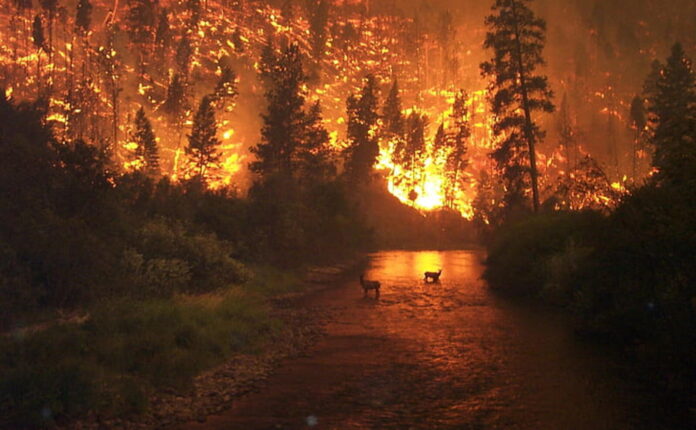
The Breakthrough of Wildfire Detection AI
The year 2024 marked a turning point in California’s battle against wildfires, as an artificial intelligence (AI) detection system demonstrated unparalleled success in identifying small wildfires before they could grow into catastrophic blazes. This state-of-the-art system, a collaborative effort between the California Department of Forestry and Fire Protection (CAL FIRE) and the University of California San Diego (UCSD), is part of the AlertCalifornia initiative. To date, the system has detected 77 wildfires before any 911 calls were made, showcasing its transformative potential.
Leveraging Technology to Monitor California’s Forests
The Wildfire AI Detector works in conjunction with UCSD’s AlertCalifornia program, which manages a vast network of over 1,000 cameras strategically placed throughout the state. These cameras, combined with advanced AI algorithms, identify the early signs of wildfires, such as flames and smoke patterns. Governor Gavin Newsom’s initial investment in 2019 funded the first 100 cameras, and the program has since grown exponentially. This collaboration reflects a decade of progress in integrating technology with wildfire prevention.
California’s history of devastating wildfires underscores the urgency of such innovations. The state has experienced its eight largest wildfires in just the past six years, with each blaze leaving a trail of destruction. Recognizing the need for a robust and interlinked system, the AlertCalifornia initiative has brought together resources from various stakeholders, including California’s utilities companies, the U.S. Forest Service, the Governor’s Office of Emergency Services, and tribal and county governments. Designed to monitor a wide array of natural disasters, this system’s primary focus remains on wildfire detection and mitigation.
Enhancing AI with Data and Expertise
One of the key factors behind AlertCalifornia’s success is the extensive dataset used to train its AI algorithms. Many of the cameras utilized today have been operational for years, amassing petabytes of image and video data that provide critical insights into wildfire behavior. Neal Driscoll, a professor at UCSD’s Scripps Institution of Oceanography, emphasized the importance of this historical data: “We could go back and say, ‘this is what smoke looks like in this image.’ We were constantly showing different attributes—smoke columns, smoke being bent over—so we could build up enough high-quality data that the AI could detect change or ignition.”
This rigorous training enables the system to not only identify smoke but also analyze its movement and predict the fire’s potential path. By providing this information in real-time, the system equips first responders with crucial data to deploy resources effectively. Such precision is vital in a state where seconds can mean the difference between containment and calamity.
NASA’s Role and Advanced Tools
The AlertCalifornia initiative has also benefitted from collaboration with NASA, which contributes satellite technology and remote-operated drones. These drones can operate during nighttime, delivering fire retardants directly to developing hotspots while ground crews prepare for action. This capability significantly enhances the state’s ability to suppress fires during critical early stages. “We have to move together, leverage resources, and try to mitigate the impacts of these hazards,” Driscoll noted. “Because they are only going to get worse.”
Adapting to an Intensifying Challenge
The integration of AI and cutting-edge technologies in wildfire detection and management represents a significant stride forward for California. Yet, the escalating frequency and intensity of wildfires underscore the importance of continued innovation and collaboration. As the state faces increasing risks from climate change, systems like AlertCalifornia offer a beacon of hope. By combining technological advancements with the collective expertise of multiple agencies, California is setting a global example of resilience and preparedness.
This forward-thinking approach not only protects lives and property but also preserves vital ecosystems. With continued support and development, initiatives like AlertCalifornia could redefine disaster management, ensuring that communities remain one step ahead of nature’s challenges.
What are your thoughts? Please comment below and share this news!
True Activist / Report a typo

